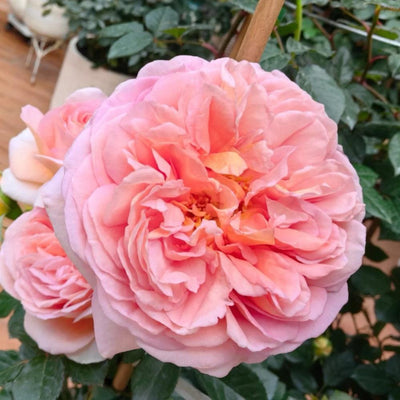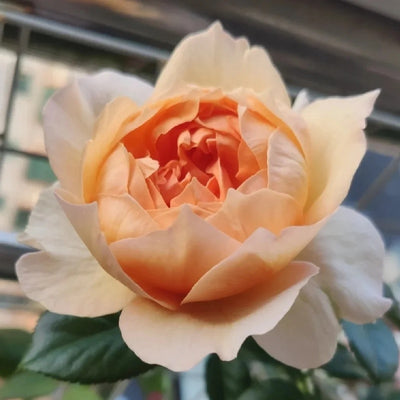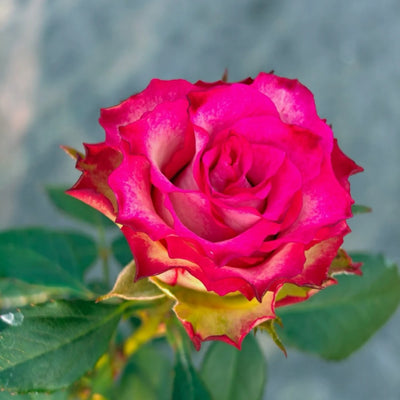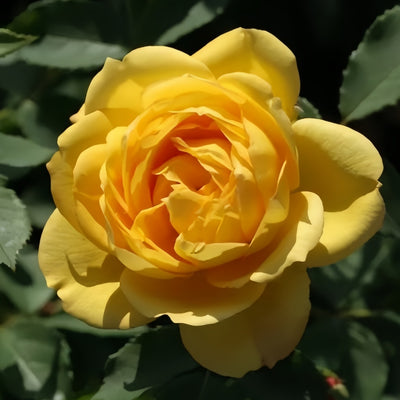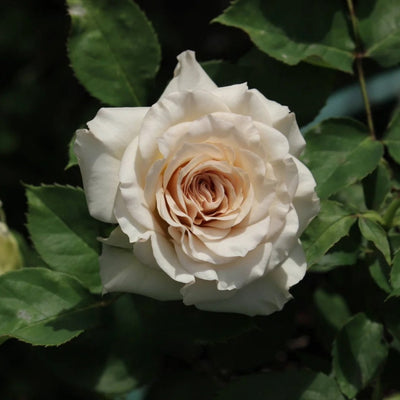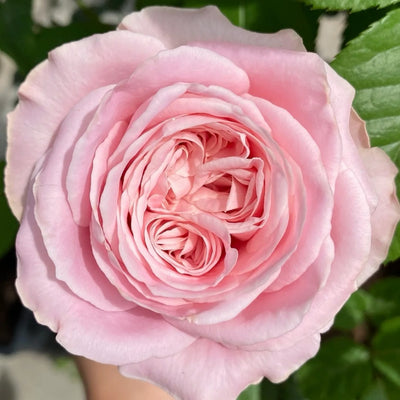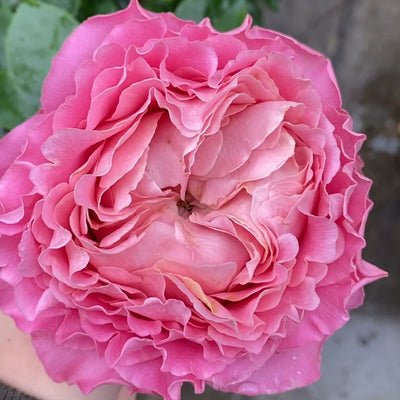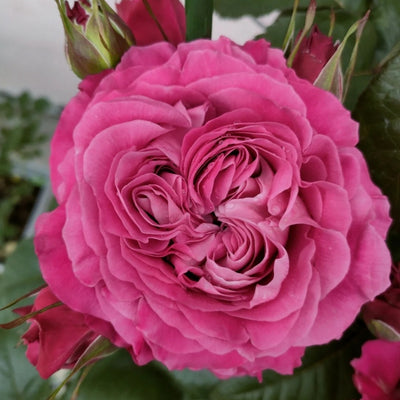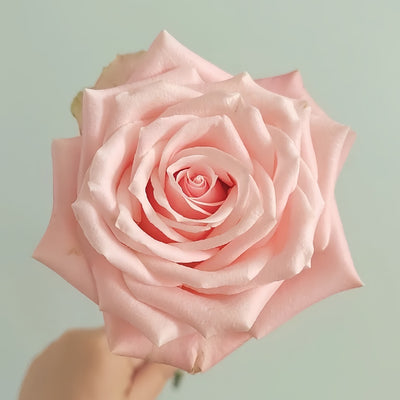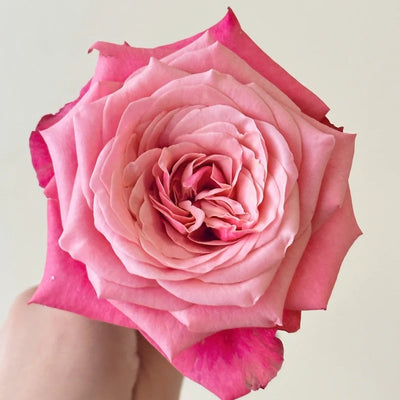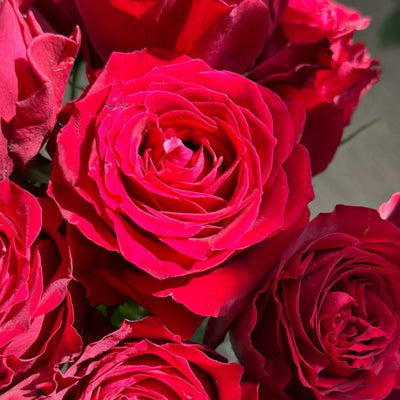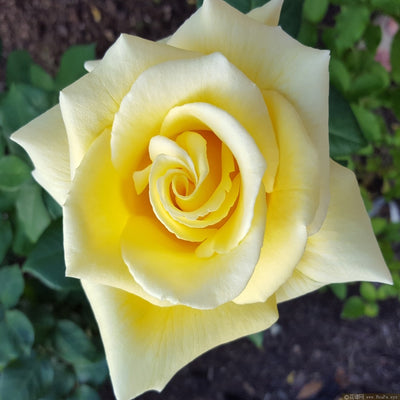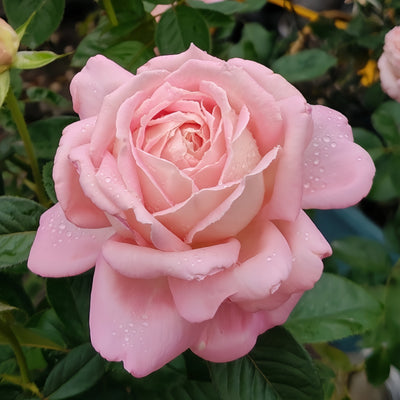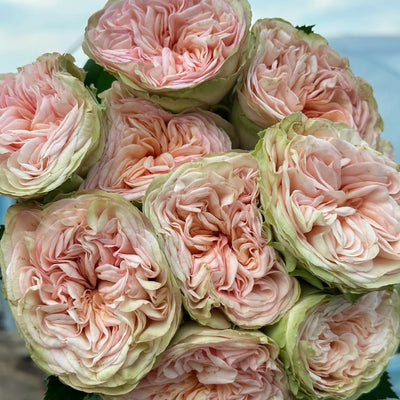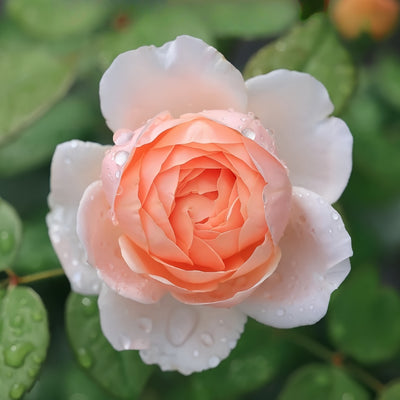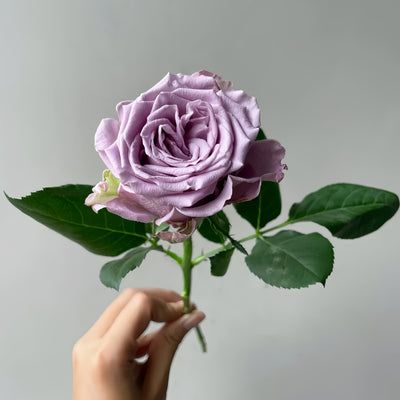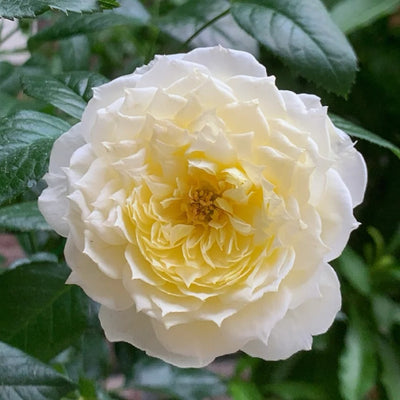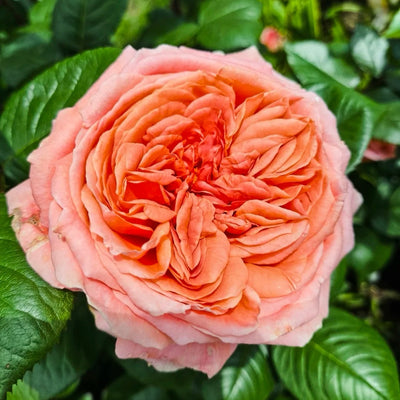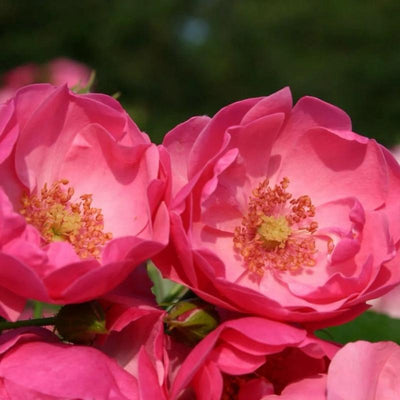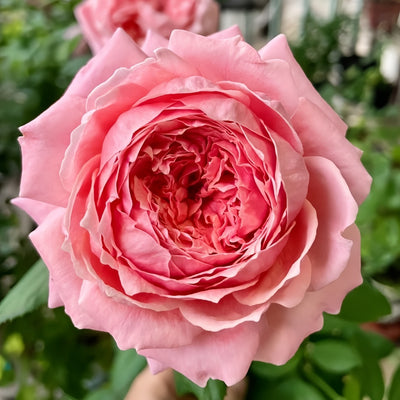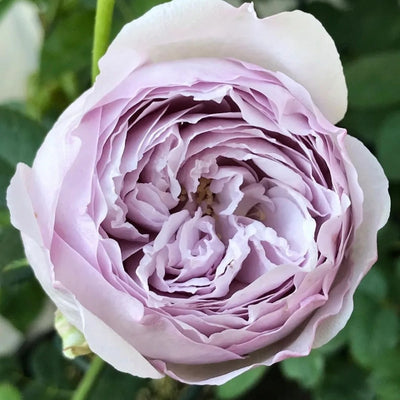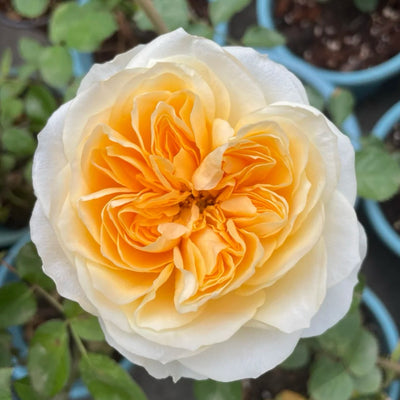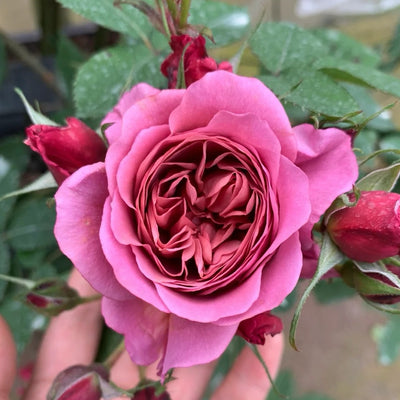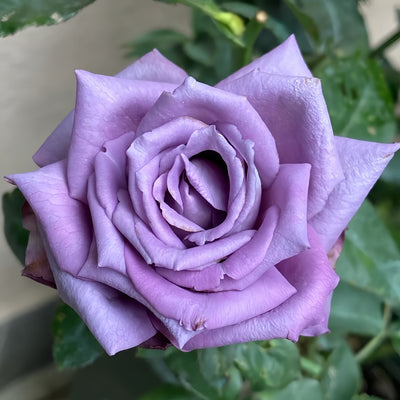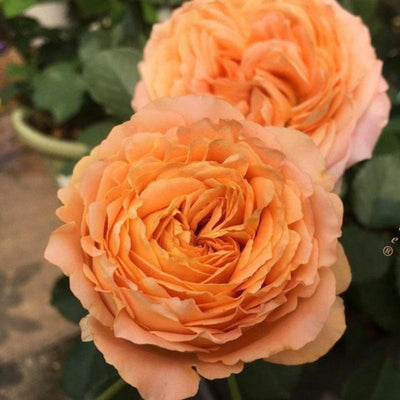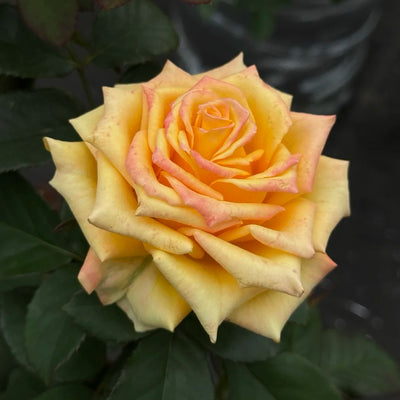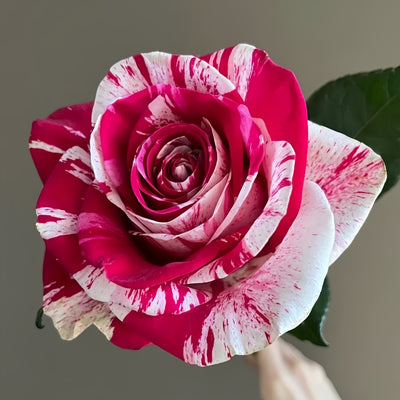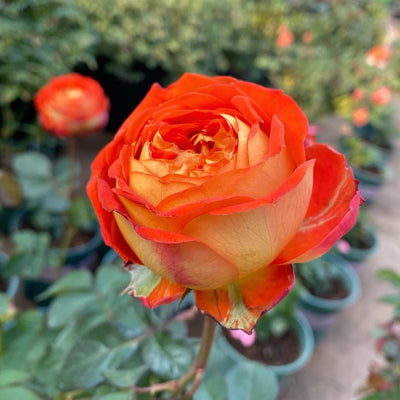Preparation Tools and Materials for Growing Roses in Pots
Growing roses in pots can be a rewarding experience, but to ensure their healthy growth, it’s important to prepare the right tools and materials beforehand. This guide provides detailed information on essential components, such as soil mixes, containers, and fertilizers, to help you set up your roses for success.

Why Is Preparation Important?
When cultivating roses, especially potted ones, the quality of materials and tools plays a vital role in their growth and development. Proper preparation ensures a strong root system, vibrant flowers, and healthy foliage. Selecting the correct soil mix, containers, and fertilizers will directly influence how your roses adapt to their new environment.
Choosing the Right Container

Pots for roses come in various materials, sizes, and colors. While decorative pots can enhance the visual appeal, it’s more important to choose containers that benefit rose growth:
• Ensure the pot has good drainage holes.
• Select an appropriate size to accommodate the root system and allow for growth.
• Durable materials like ceramic or plastic are suitable for most rose varieties.
Soil Mixes for Roses
The soil mix is one of the most crucial factors for growing roses successfully. Different mixes are recommended for different stages of rose growth.

1. For New Seedlings (Small Plants)
• 5 parts fine-grained akadama soil.
• 3 parts pumice stone.
• 1 part peat moss (adjusted to a neutral pH level).
• 1 part larger-grained akadama soil.
2. For Larger or Transplanted Roses
• 5 parts medium akadama soil.
• 3 parts pumice stone.
• 1 part peat moss (adjusted to neutral pH).
• 1 part large akadama soil.
These mixes ensure proper drainage, aeration, and nutrient balance for healthy growth at every stage.
Fertilizers
Roses benefit from regular fertilization. While some pre-mixed soil blends already contain nutrients, it’s recommended to add organic fertilizers specifically for roses. This not only supports their initial growth but also prepares them for a robust blooming season.
Additional Tips
1. For first-year roses, minimal pruning is required since the plant is focusing on root establishment.
2. By the second and third years, the roses will develop a stronger structure, and you can adjust their pruning and care accordingly.
3. When growing climbing roses or specific varieties, consider installing supportive structures early on to guide their growth.
By properly preparing your tools and materials, you’ll provide your roses with the best conditions to thrive. Whether you’re growing new seedlings or transplanting mature bushes, the right foundation is key to successful cultivation.
For more expert tips and techniques, stay tuned to my blog! 🌹




















